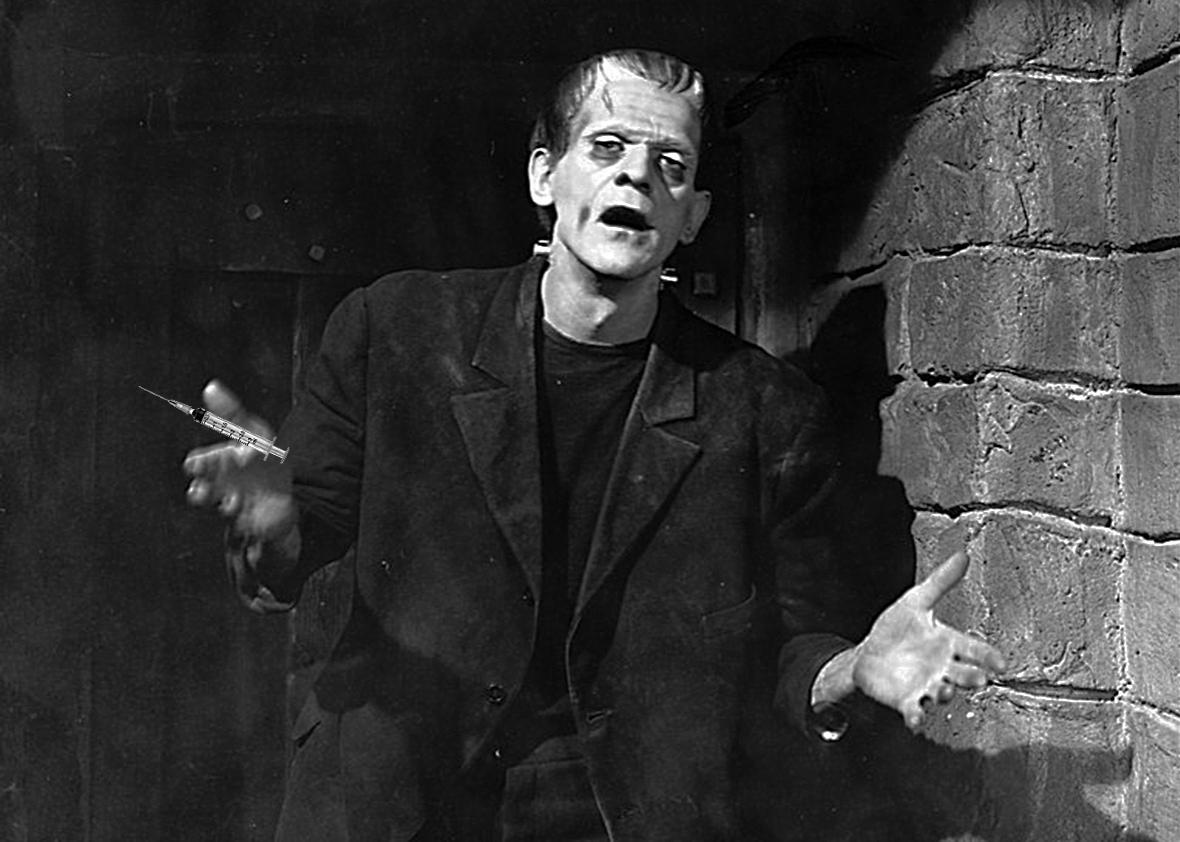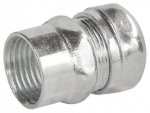electrofelon
Senior Member
- Location
- Cherry Valley NY, Seattle, WA
- Occupation
- Electrician
I like K-wired's idea,.,,,,, short section of 1-1/4 conduit to an adapter (EMT to Female PT if available, or EMT to Male and a coupling) then install your bushing in that fitting.
Longer set screws in the T and some duct seal! (kidding)



